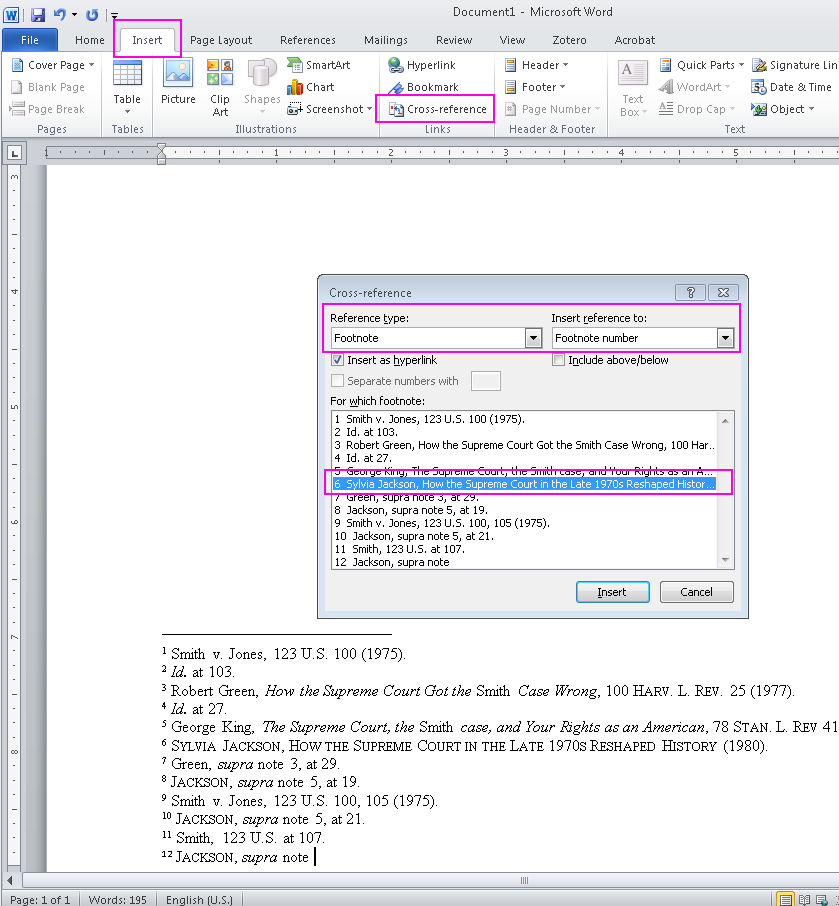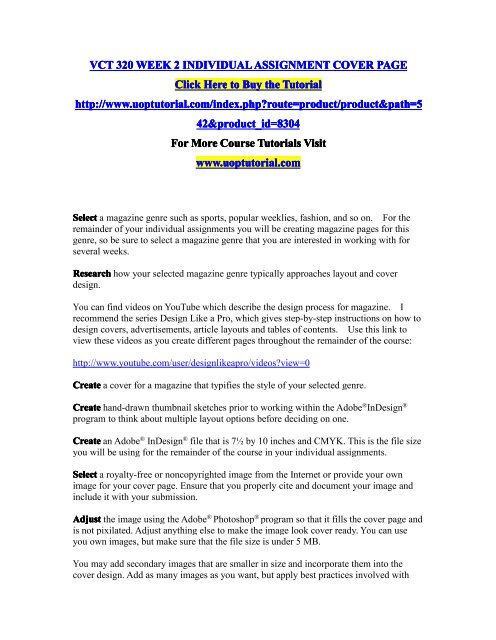- Do You Have To Cite A Picture You Used For The Cover Pages
- Do You Have To Cite A Picture You Used For The Cover Page Book
- The Modern Language Association (MLA) does not require you to create a cover page when you complete your research paper, but some instructors may require it. If your instructor requires your paper to have a cover page, here is how to make it (very easy). This cover page should include: your school name, your research.
- Do not include a separate cover page unless specifically told to do so. According to standard MLA formatting rules, a cover page, or separate title page, is not necessary and should not be added to most papers. With that in mind, sometimes an instructor will ask students to create a cover page for an MLA style paper, especially for long papers.
Summary:MLA (Modern Language Association) style is most commonly used to write papers and cite sources within the liberal arts and humanities. This resource, updated to reflect the MLA Handbook (8 th ed.), offers examples for the general format of MLA research papers, in-text citations, endnotes/footnotes, and the Works Cited page.According to MLA style, you must have a Works Cited page at the end of your research paper. All entries in the Works Cited page must correspond to the works cited in your main text.
Basic rules. Begin your Works Cited page on a separate page at the end of your research paper.
Citing Digital Images from Web pages. If you are using the caption and it's very long, you can just include the beginning words of it. If no title or caption is given, give a short description of the work and do not italicize it. Write Digital Image after the title/caption. 3. Title of Website - Website where the image was found.
It should have the same one-inch margins and last name, page number header as the rest of your paper. Label the page Works Cited (do not italicize the words Works Cited or put them in quotation marks) and center the words Works Cited at the top of the page. Only the title should be centered.


The citation entries themselves should be aligned with the left margin. Double space all citations, but do not skip spaces between entries. Indent the second and subsequent lines of citations by 0.5 inches to create a hanging indent. List page numbers of sources efficiently, when needed. If you refer to a journal article that appeared on pages 225 through 250, list the page numbers on your Works Cited page as 225-250.
Note that MLA style uses a hyphen in a span of pages. If you're citing an article or a publication that was originally issued in print form but that you retrieved from an online database, you should type the online database name in italics. You do not need to provide subscription information in addition to the database name.Additional basic rules new to MLA 2016New to MLA 2016:. For online sources, you should include a location to show readers where you found the source. Many scholarly databases use a DOI (digital object identifier).
Do You Have To Cite A Picture You Used For The Cover Pages
Use a DOI in your citation if you can; otherwise use a URL. Delete “from URLs. Wallace, David FosterDo not list titles (Dr., Sir, Saint, etc.) or degrees (PhD, MA, DDS, etc.) with names. A book listing an author named 'John Bigbrain, PhD' appears simply as 'Bigbrain, John'; do, however, include suffixes like 'Jr.' Putting it all together, a work by Dr. Martin Luther King, Jr.
Would be cited as 'King, Martin Luther, Jr.' Here the suffix following the first or middle name and a comma. More than one work by an authorIf you have cited more than one work by a particular author, order the entries alphabetically by title, and use three hyphens in place of the author's name for every entry after the first.

Do You Have To Cite A Picture You Used For The Cover Page Book
Please note that this is advice on best practices and considerations in documenting and citing images and non-print materials. It does not represent legal advice on obtaining permissions.Generally, images copied from other sources should not be used without permissions in publications or for commercial purposes. Many American academic institutions require graduate students to archive their finished and approved theses/dissertations in institutional electronic repositories and/or institutional libraries and repositories, and/or to post them on Proquest's theses database. Unpublished theses and dissertations are a form of scholarly dissemination. Someone else's images, like someone else's ideas, words or music, should be used with critical commentary, and need to be identified and cited. If a thesis/dissertation is revised for publication, waivers or permissions from the copyright holder(s) of the images and non-textual materials must be obtained.
Best practices also apply to materials found on the internet and on social media, and, properly speaking, require identification, citation, and clearance of permissions, as relevant.Use the following elements when identifying and citing an image, depending on the information you have available. The image below is scanned from a published book. It can be used in a critical context within a presentation, classroom session, or paper/thesis, as follows: Figure 1.
This photograph from 1990 shows the Monument against Fascism designed by Jochen Gerz and Esther Shalev-Gerz, Hamburg, 1986-1993. Image from James Young, ed., Art of Memory: Holocaust Memorials in History (New York: Prestel, 1994), 70If you need to use this image in a published work, you will have to seek permission. For example, the book from which this image was scanned should have a section on photo credits which would help you identify the person/archive holding this image. The image below was downloaded from a digitized historic collection of photographs held by an institutional archive. It can be used in a critical context within a presentation, classroom session, or paper/thesis, as follows:Figure 3. In the 1920s the urban landscape of Los Angeles started to change, as various developers began building multi-family apartment houses in sections previously zoned for single family dwellings. Seen in this photograph by Dick Whittington is the Warrington apartment building, which was completed in 1928, surrounded by older single family structures.
Downloaded from the USC Digital Library in February 2016I f you plan to use this photograph in a publication, seek permission from the library/institution from whose digital archive you downloaded the image. Contact information is usually found in the record for the image.